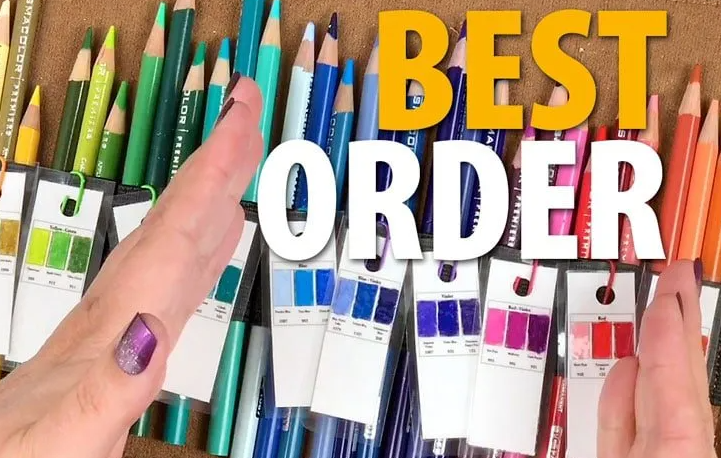Coloring skin isn’t just about choosing a single shade. Real skin is composed of multiple hues, influenced by lighting, environment, and underlying anatomy. The challenge and beauty of using colored pencils lie in their ability to blend these hues to create a realistic skin tone.
It is a skill that can bring portraits to life, adding depth, realism, and emotion. In this comprehensive blog, we will explore techniques and tips on “how to color skin with colored pencils”
Understanding Skin Tones
Skin tones are varied and complex. They range from light shades with pink undertones to deep browns with warm undertones. A good practice is to observe people in different lighting conditions to understand how skin color changes.
Materials You Need
High-Quality Colored Pencils: Opt for artist-grade pencils for better pigmentation and blending capabilities.
Smooth, Thick Paper: A smooth surface is ideal for detailed work, and thick paper can handle multiple layers.
Colorless Blender Pencil: Useful for smoothing and blending without adding additional color.
Sharpener and Eraser: Essential for maintaining pencil points and correcting mistakes.
Basic Techniques
Layering: Build color gradually, starting with light layers and increasing intensity.
Blending: Use a colorless blender or a white pencil to merge colors seamlessly.
Cross-Hatching: For textured skin, use cross-hatching techniques to create depth.
Choosing Colors
Select a range of colors to represent the various tones in skin. This usually includes
A base flesh tone
Lighter shades for highlights
Darker shades for shadows
Colors for blush, like pinks or peaches
Step-by-Step Guide to Coloring Skin
Start with a Light Base: Apply a light layer of your base flesh tone, covering all the skin areas evenly.
Add Shadows: Identify where the light source is coming from and add shadows opposite to it using a slightly darker shade than your base.
Blend: Use a blender pencil to merge the shadow into the base tone, creating a smooth transition.
Work on Mid-tones: Apply a mid-tone layer to balance the base and shadow.
Add Highlights: Use lighter shades to highlight areas where light naturally hits, like the forehead, nose, and cheeks.
Introduce Additional Colors: Gently add pinks or reds to cheeks, ears, and other areas where blood vessels are close to the skin.
Refine Details: Use sharp pencils for finer details like freckles, wrinkles, or texture.
Final Blending: Go over the entire skin area lightly with a blender pencil to unify all layers.
Tips for Successful Skin Coloring
Keep Pencils Sharp: Sharp pencils provide more control and precision, especially for details.
Practice Pressure Control: The pressure you apply with the pencil affects the intensity of the color. Practice to achieve consistency.
Experiment with Underpainting: Try using unexpected colors like blues or purples for underpainting to add depth to skin tones.
Study Real Skin: Observe real people and photographs to understand how skin reacts to light and shadow.
Layer Gradually: Build colors slowly. It’s easier to add more color than to remove it.
Common Mistakes to Avoid
Over-Blending: Over-blending can make the skin look muddy. Be gentle and blend only as much as needed.
Using Limited Colors: Skin is multi-tonal. Relying on just one or two colors can make it look flat and unrealistic.
Ignoring the Environment: Remember that skin tones can pick up colors from their surroundings. Incorporate these subtle reflections for realism.
Advanced Techniques
As you gain confidence, explore advanced techniques like
Burnishing: Applying heavy pressure at the final layer for a polished look.
Glazing: Adding a thin layer of an unexpected colour for vibrancy and depth.
Creating Texture: Simulating skin texture using stippling or light cross-hatching.
Conclusion
Coloring skin is an art that requires patience, practice, and a keen eye for detail. By understanding the basics of skin tones, mastering blending techniques, and experimenting with colors, you can learn “how to color skin with colored pencils”. Remember, the key to success lies in observation, experimentation, and the willingness to learn from each attempt. With these skills, your colored pencil portraits will not only capture the likeness but also the essence of your subjects.


















